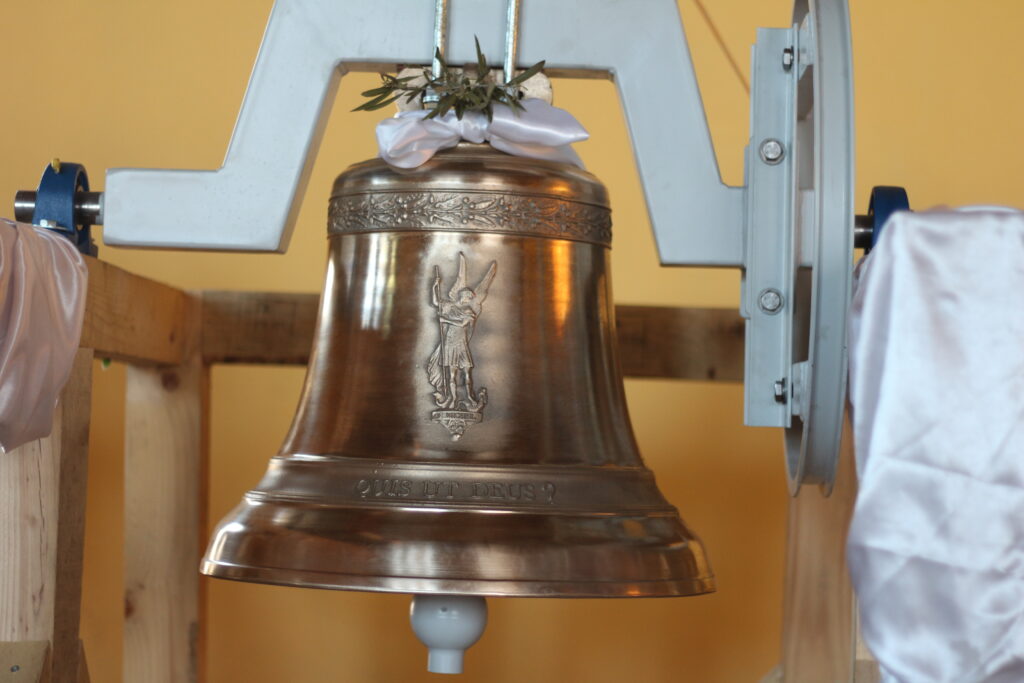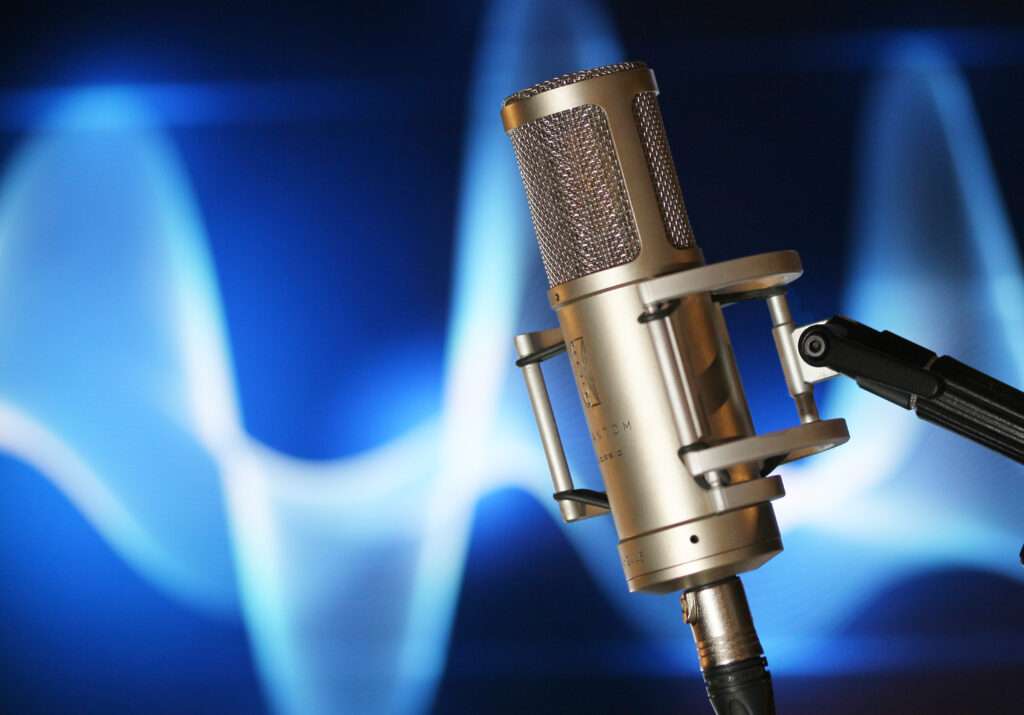When a sound recording or recording is degraded, it is possible to restore the original acoustic properties. This operation is called audio repair or sound restoration. Sound restoration is used to clean and polish old recordings on cassette, magnetic tape or vinyl and give them a new life. But audio repair is also often used in sound-production today. Let’s see in detail what are the possibilities offered by this technology.
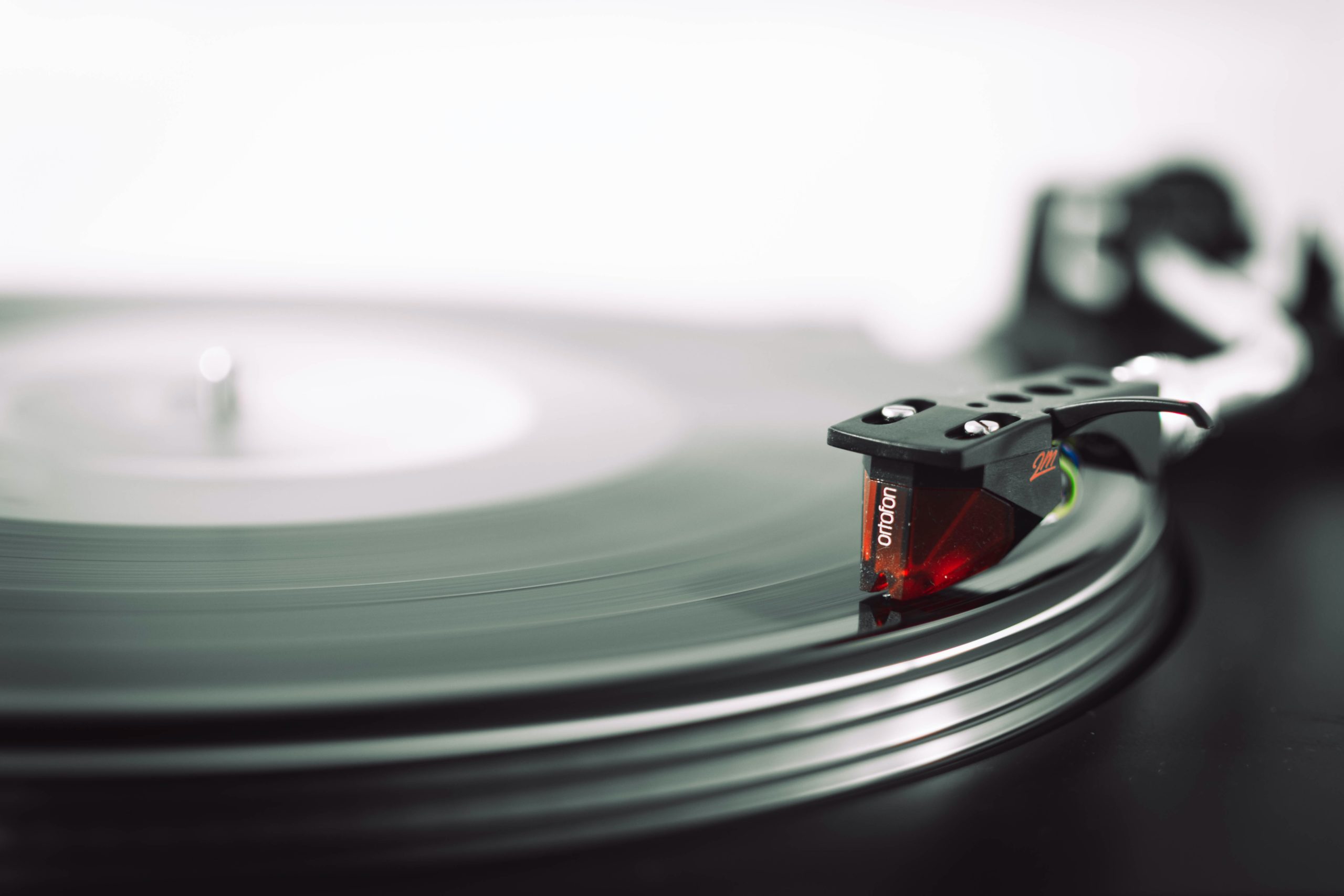
Audio repair tools
To learn more about the different kinds of sound faults, you can read the article: The 10 most common issues of sound.
1 The equalizer: correcting spectral issues
The equalizer or EQ is the # 1 tool in sound post-production. In mixing, in sound design, in mastering and in sound restoration, it’s a bit like the Swiss Army knife of the sound engineer. It attenuates or amplifies the different frequencies of a sound. In audio repair, it is mainly used in a subtractive way, to remove annoying frequencies. It is thus possible to attenuate tonal sounds, with marked harmonics such as buzzs, neon noises, electronic noises, whistles, etc.

2 The denoiser: reduce background noise
The denoiser is an algorithm that separates the useful signal from the background noise to attenuate the latter. This kind of tool has evolved a lot over the past twenty years. Today, denoisers such as Cedar, X-Noise or Izotope RX offer spectacular results on hiss and different background noise, if they are used correctly. Misused, they generate artefacts which are often a cure worse than the disease.
3 Removing reverb
With the popularization of sound recording equipment, too much reverberation has become a frequent problem. An audio mixer always fixes this problem on location.
In post-production, removing the reverb is a real headache. Indeed, reverberation is the repetition of the same sound by acoustic reflection. It is therefore very difficult for a human or for an algorithm to separate the dry sound from the wet sound.
There are several tools based on the denoiser principle which however give correct results, provided they are finely adjusted.
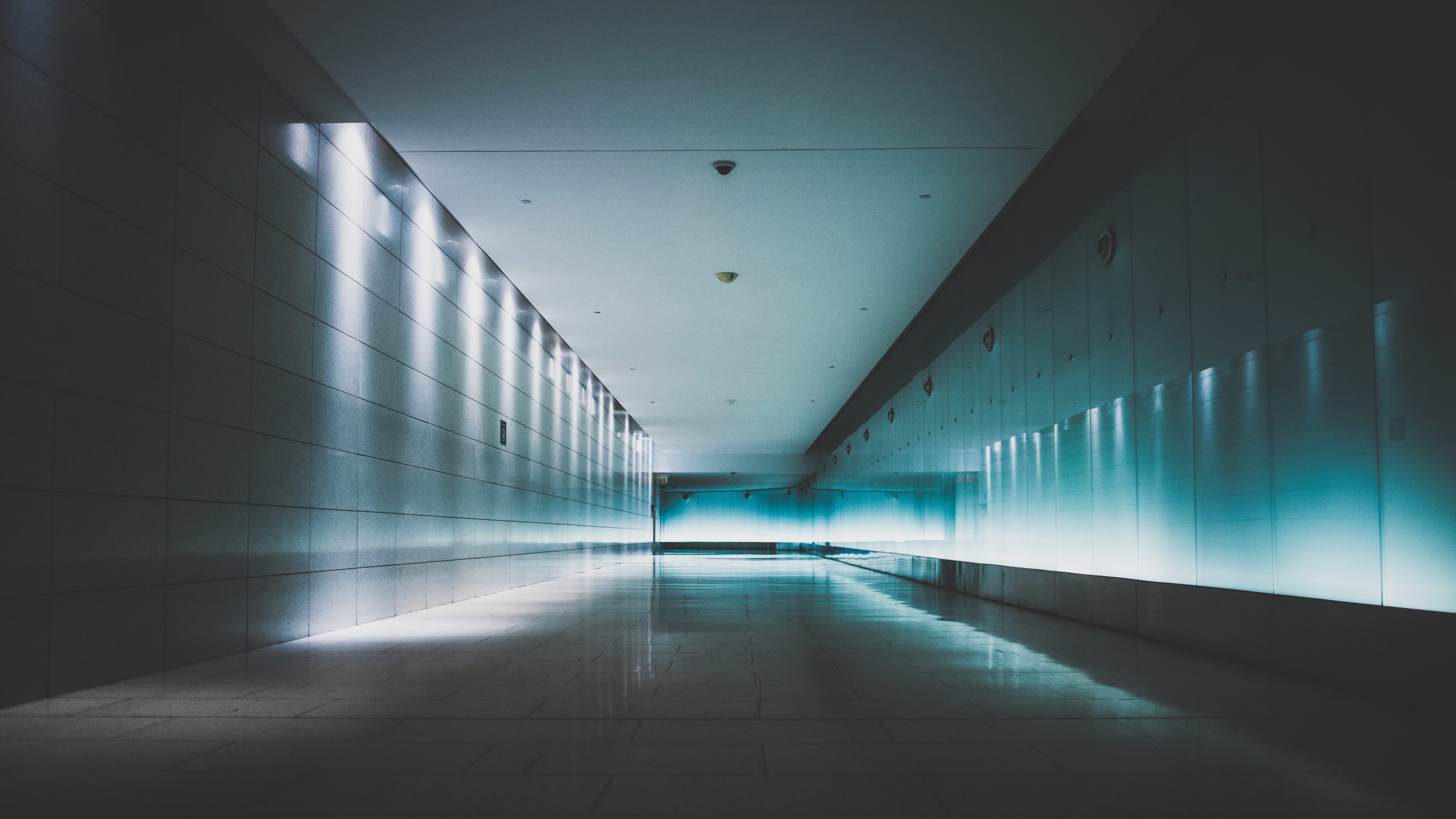
4 The noise gate
The noise gate is a basic dynamic processing tool, that is also used to remove background noise. It is a sound processing effect that removes unwanted sounds below a certain volume, called a threshold . All weak sounds are thus eliminated: background noise, breaths, etc. The only problem is the effect no longer works when the signal reappears.
5 Manual restoration
It is possible to manually restore the sound using a spectral editor. Like a graphic designer in Photoshop, the sound engineer can erase, copy or paste small temporal and frequency areas of sound to remove certain point defects. This method is tedious but gives very good results.
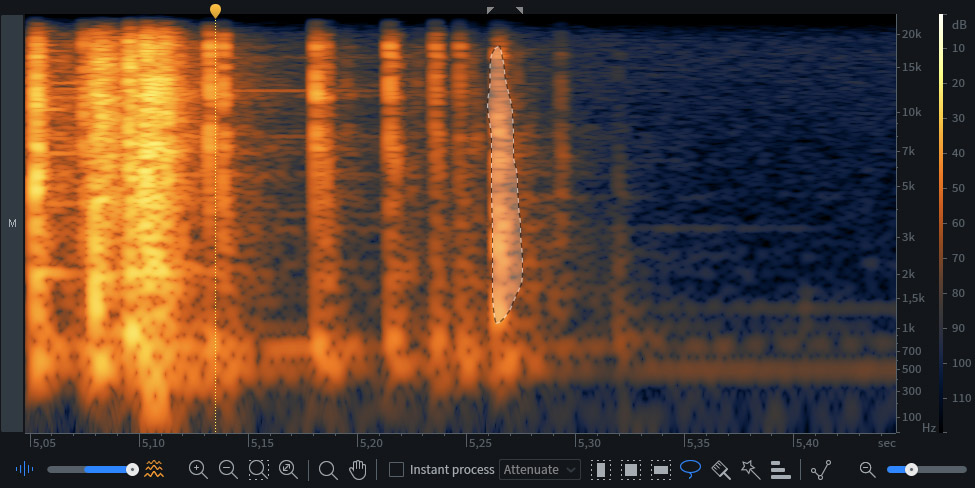
The limits of audio repair
The quality of the sound recording
The quality of a sound recording is essential and nothing can replace a good microphone, judiciously placed. Knowing about post-production and sound restoration allows film sound mixers to better anticipate problems on set.
For example, I happened to work as a sound mixer on an advertising in a large, almost empty hall. In this room, the decoration team had built several small sets: an office, a bedroom, etc. But the acoustics of the place, very reverberant, did not match any of these sets. The budget didn’t allow ADR so I used directional microphones placed as close as possible to the actors and lavs, to get as much dry sound as possible. The director of photography even agreed to let the boom inside the frame and to erase it in post.
I then cleaned what was left of reverberation in post-production to replace it with an artificial one that perfectly matched the spaces seen in the picture. This subtle operation would have been impossible if the sound recording had not been carefully done. The restoration would have only been a fix to the understanding of the text.
The myth of sound post-production
There is a fairly widespread belief that it is easier to repair sound than an image for example. We sometimes hear people say: “we’ll see that in the mix”. Sound restoration is very tedious, as is photo editing, video effects or architectural restoration. It rarely makes good financial sense to botch a recording and hope to restore it afterwards.
However, I often receive requests for repairs to sound recordings that do not present any difficulty during filming. In this case, I always advise, in first intention, to re-record the sound.
Restoring sparingly
The profit-loss balance is crucial in audio repair. If restoration tools are now relatively accessible to the general public, their use requires experience and an expert ear to judge the relevance of audio processing. The artefacts induced by the restoration algorithms are destructive and above all very unnatural. Among them: pumping, hissing, sizzling, sound “drying out”, loss of intelligibility, noise …
The damage from a failed restoration is often much worse than the problem itself.



